First in a two-part infographic series from The Council of State Governments Justice Center exploring the roles of the juvenile justice and education systems in keeping youth in school and on course for a successful future.

Part 1
How students can suffer when cutting class is treated as a crime

School absences are not necessarily a threat to public safety.
Yet many jurisdictions treat missing too many days of school like a crime.

Nationwide, almost 61,000 cases were petitioned to the juvenile court in 2018 solely because kids were not regularly attending school.


Almost 1,500 young people were detained and 736 were incarcerated in long-term facilities in 2018.
Skipping school was their most serious offense.

Punitive approaches to truancy can push youth deeper into the justice system and hinder their education—the opposite of the intended effect. Research shows that an arrest, court involvement, and/or system supervision for youth who are truant or commit other low-level offenses actually decreases their likelihood of attending school and completing high school.
These responses are also found to have no impact on—or may even increase—youth's chances of reoffending.

When the juvenile justice system is responsible for truancy, courts and probation agencies have less time and fewer resources to spend on higher-risk youth who do warrant system supervision and services.
Juvenile justice systems should focus on their core mission of protecting public safety.

The juvenile justice system is not well positioned to assess and address the underlying factors driving repeated school absences.
States should reconsider whether that responsibility should fall to schools, social service agencies, and community-based organizations.

Jurisdictions should examine their responses to truancy and adopt more research-based, developmentally appropriate approaches for helping youth who skip school avoid the juvenile justice system and stay in class.

